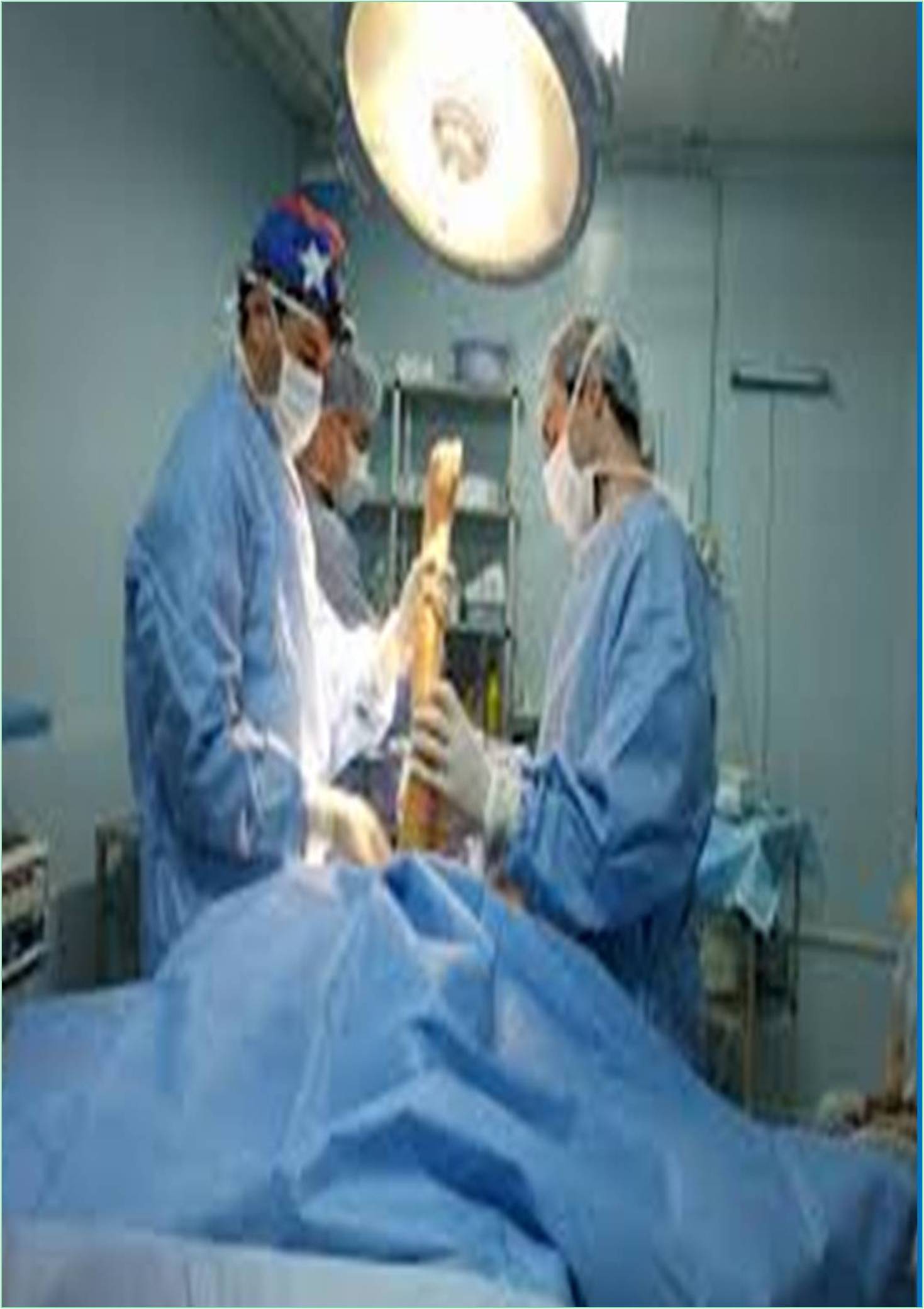



Received: 02-Aug-2022, Manuscript No. GJOPTP-22-73238; Editor assigned: 05-Aug-2022, Pre QC No. GJOPTP-22-73238(PQ); Reviewed: 19-Aug-2022, QC No. GJOPTP-22-73238; Revised: 26-Aug-2022, Manuscript No. GJOPTP-22-73238(R); Published: 02-Sep-2022, DOI: 10.15651/GJOPTP.22.9.007
After the majority of orthopedic operations, physical therapy is a crucial component of the healing process. Therapy improves impairments in neuromuscular coordination and balance, promotes range of motion, strengthens the muscles around the injured area and builds functional endurance (Chan, 2018). A patient's ability to communicate with their doctor and therapist are important to their recovery. Since hospital reimbursement is now based on patient satisfaction, it is critical for all parties to work well together to guarantee proper rehabilitation and positive patient-reported outcomes following orthopedic treatments (Kaplitt, 2007). To accomplish the best orthopedic rehabilitation, a proper diagnosis is required. When surgical repairs are mechanically insufficient, orthopedic patients need a well-planned rehabilitation programme (eg, when repairing fractures in skeletally immature patients or when repairing tendons or ligaments). Joint immobilization may occasionally be utilized to safeguard flimsy surgical repairs. Reduced immobilization time is preferable, especially when there is a chance of joint mobility loss.
Two studies have shown that improvements in independence and mobility in an orthopedic acute care population are correlated with the quantity of physical therapy a patient receives. According to one study of individuals with hip fractures, those who received more than one physical therapy session (Yang, 2007). The Functional Independence Measure (FIM) which measures physical disability at admission to and discharge from the rehabilitation programme, was employed by the occupational therapy and physical therapy personnel. The FIM is a component of the Uniform Data Set (UDS) which was created to make it possible in a group of patients with heterogeneous illnesses enrolled in rehabilitation programs, measurements derived with the FIM have demonstrated. Since the 1930s, Ultra Sound (US) has developed as an imaging and therapeutic tool (Gardlík, 2005).
Advanced imaging is necessary for therapists to diagnose and treat a variety of musculoskeletal conditions. To help therapists enhance neuromuscular function and provide individualized therapy for their patients, diagnostic US can offer feedback. Physical therapists have employed therapeutic US on patients who have soft-tissue diseases such tendinitis, bursitis, muscular spasms, neuromas and myositis in the past. A hand-held transducer is then used to drive the sound waves into the soft tissues over the area of interest after a water-based coupling gel has been applied to the skin. After this treatment, parts of a rehabilitation programme, including strength training or stretching are typically added.
Since 2015, research interest in Blood Flow Restriction Therapy (BFRT), an emerging technique, has increased in the US. The majority of clinical applications have been researched in athletic populations however indications for arthroplasty patients are beginning to emerge. To improve muscle strength and endurance, BFRT is currently applied to both the upper and lower extremities. Under hypoxic conditions, subsequent exercises are normally carried out at intensities between 20% and 50% of the patient's onerepetition maximum (Coimbra, 2020). Following orthopedic surgery, patients frequently need to engage in weight-bearing activities to increase their strength, stamina, function and mobility. The inclusion of low-load training in BFRT is a distinguishing feature that sets it apart from other exercise modalities. The therapeutic resistance volume needed with BFRT can be reduced, making therapy more accessible to patients who might find it difficult to stick with a conventional exercise regimen at first.
Chan Y, Banza L, Martin Jr C, Harrison WJ (2018). Essential fracture and orthopaedic equipment lists in low resource settings: consensus derived by survey of experts in Africa. BMJ open. 8(9):e023473. [Google Scholar]
Kaplitt MG, Feigin A, Tang C, Fitzsimons HL, Mattis P, Lawlor PA, et al (2007). Safety and tolerability of gene therapy with an adeno-associated virus (AAV) borne GAD gene for Parkinson's disease: an open label, phase I trial. The Lancet. 369(9579):2097-2105. [Crossref] [Google Scholar]
Yang ZR, Wang HF, Zhao J, Peng YY, Wang J, Guinn BA, et al (2007). Recent developments in the use of adenoviruses and immunotoxins in cancer gene therapy. Cancer gene therapy. 14(7):599-615. [Google Scholar]
Gardlík R, Pálffy R, Hodosy J, Lukács J, Turna J, Celec P (2005). Vectors and delivery systems in gene therapy. Med Sci Monit. 11(4):110-121. [Google Scholar] [PubMed]
Coimbra R, Edwards S, Kurihara H, Bass GA, Balogh ZJ, Tilsed J, et al (2020). European Society of Trauma and Emergency Surgery (ESTES) recommendations for trauma and emergency surgery preparation during times of COVID-19 infection. European Journal of Trauma and Emergency Surgery. 46(3):505-510. [Google Scholar]